During its intensive growth, young plants are in dire need of additional supplies. We are talking about the soil feeding and the root plant system with mineral fertilizers, the composition of which includes various nutrients and elements, such as phosphorus, nitrogen, calcium and potassium, magnesium and iron, sulfur, and many other representatives of the periodic periodic Mendeleev's periodic table.
Mineral fertilizers
When there are no useful elements in the soil, or not enough, plants cannot fully grow and conduct their chemical processes, including photosynthesis, in which mineral components are actively involved. Having a high concentration of trace elements, such fertilizers should be extremely careful and dosed. Exiting the allowable rate can be harmful to both the plant and the soil as a whole. Thanks to the rational use of mineral fertilizers, it is possible to significantly increase the yield on the most unsuitable lands.
Action of some mineral fertilizers:
- zinc, iron and manganese are involved in oxidative and reducing processes;
- chlorophyll formation also accelerates iron;
- molybdenum Even in minor doses significantly increases yield, in particular, legumes.
In the chemical industry, there are types of mineral fertilizers:
- Double and simple superphosphate and precipitate. These compounds refer to the class of phosphate fertilizers.
- The nitrogen includes ammonium sulfate, ammonia, sodium and calcium agriculture.
- Potassium salt, potassium chloride - subgroup of potash fertilizers.
- A separate group of mineral fertilizers consisting of boring, magnesium, manganese substances.
Depending on the composition of the elements, fertilizers are divided into simple (one-sided) and complex (complex).
Chemical composition
- Mineral fertilizers whose chemical composition contains more than 30% of nitrogen, are called nitrogen fertilizers. They relate to ammonia Selitra. Pre-soluble in water, they are not desirable to store in a wet place. Their mixing with easily flammable materials is excluded. The rate of introduction of mineral fertilizers in order to acidify the soil is calculated at the rate of 20g per square meter. Do not suit the fertilizer of cucumbers, zucchild, pumpkins due to the high degree of accumulation of nitrates.
Fertilizers containing more than 45% nitrogen are called carbamides or urea. Well dissolved and strongly compacted with long-term storage. It is used as the main fertilizer in the dosage of 16 g per square meter. For dust - 50 g per 100 liters of water.
Ammonium sulfate contains 21% of nitrogen. Quickly divorces in the liquid and is used both for fertilizer and for feeding. Dosage - 43 g per square meter.
A little less nitrogen in sodium saltpered - 16%. This fertilizer refers to alkaline, due to which it dissolves well in water. It is unacceptable to keep in raw place. Most often, this fertilizer feed plants. Dosage - 40 g per square meter.
Calcium Selitera contains 16% nitrogen. It quickly absorbs moisture, therefore it is subject to storage only in tightly tied packages. It is used in a dosage 40g one square meter.
- The hard-soluble superphosphate belonging to the group of phosphate fertilizers contains 21% of appatite phosphoric acid, 15% - phosphorite. Poor soluble in water. Dosage - 50 g per square meter.
In the enriched superphosphate contains 23% of phosphoric acid. Actively applies to fertilizer, its portion must be slightly reduced, unlike conventional superphosphate.
Phosphoric acid content in some substances of phosphoric fertilizers:
- 25% in phosphoritic flour;
- 14% in Tomaslak.
- Potassium oxide content in potash mineral fertilizers:
- 60% - in potassium chloride. Fertilize the soil in the fall during plowing period (20 g per 1 sq.);
- 35% - in potash salt. Portion - 35 g per square meter;
- 47% - in potassium sulphate. Recommended for fertilizer potatoes and legumes. (25 g per 1 m.kv.);
- the ash contains a lot of trace elements. She fertures potato and currant bushes, cabbage seedlings.
- In magnesium mineral milking fertilizers, the magnesium is contained up to 20%, calcium - up to 28%. Portion - 25 g per square meter.
- The content of nutrient elements in complex mineral fertilizers:
- the diammophos contains phosphoric acid in an amount of 45%, nitrogen - 16%;
- in potassium oxide contains 45% in Kaliivaya Selitra, and 15% nitrogen;
- the nitroammophos is contained from 13 to 17% nitrogen, and 20% - potassium oxide and phosphoric acid are composed;
- in the dissolving substance, nitrogen crystal contains up to 21%, potassium - 16%, phosphorus - up to 18%.
- Microfertilizers are used during seed treatment before sowing, and for root dust. Dosage - 2 g per 10-liter water container.
Precautions Before using Mineral Fertilizers
The following groups of elements are not subject to mix:
- urea with dolomite and lime, ammonium nitrate, chalk, manure and simple superphosphate;
- ammonium sulfate with chalk, manure, dolomite, lime;
- urea with simple superphosphate, lime and dolomite, chalk;
- simple superphosphate with ammonia nitrate, lime and dolomite, urea, chalk;
- potash salt with dolomite, lime and chalk;
- manure or bird litter with ammonium nitrate, lime and dolomite, ammonium sulfate, powder chalk.
Types of mineral fertilizers
Nitrogen Mineral Fertilizers
Directly affect the yield of plants. In the spring and autumn periods, ammonium sulfate feed the ground with weak acidity. Early in the spring and until July fertilize the soil and plants with a nitrate nitrogen, they also make a good plants in the summer.
Fertilizers with urea belong to the class of ammonia. Oxidized urea is a good source of nutritional components for growing crops, it also slightly oxidizes the soil.
Externally dry nitrogen fertilizers look like a mixture of white or yellow crystals that are perfectly soluble in liquids, and only partially absorbed into the soil. Apply nitrogen mineral fertilizers in the fall is not desirable, because they are blurred from the soil surface during the rainy season. Due to the increased hygroscopic fertilizer properties, it is desirable to store them in vacuum packaging. The most frequently used fertilizer-based fertilizers from this group are an agricultural and urea agriculture, which under the influence of bacteria in the soil turn into a state well-digestible by plants. Under the action of nitrate fertilizers, the soil can be leached. Fertilizer is used before sowing in spring for all soils, and during the period of plant germination - for dust.
The use of ammonium-nitrate fertilizers, that is, on the basis of ammonia, is also advisable to all types of soil and plants. Ammonium carbamide and ammonium nitrate are effective for entering into the ground and gravestone dust.
Nitrogen mineral fertilizers contribute to reinforced soil mineralization, as well as increase the ability of plants to absorb nitrogen.
Phosphoric Mineral Fertilizers
Such fertilizers are classified on such subgroups:
- Easily soluble, such as double and simple superphosphate. You can use for fertilizing all types of soil.
- Soluble half soluble in non-concentrated acid.
- Fertilizers soluble only in acid. This is phosphoritic flour. These fertilizers, like the components of the second group, are made on the acidic soil.
Potash mineral fertilizers
Fertilizers are well soluble in water, but in the soil, potassium penetrates more slowly than, for example, phosphorus. Especially needs such fertilizers soil with a large percentage of sand.
Peat soils do not need potash minerals at all. For intensive nutrition of plants, these fertilizers are the most necessary. When fertilizing plant plants, they are less susceptible to diseases. When potassium is not enough - the plant slows down the growth process, and brown spots appear on the leaves.
Complex mineral fertilizers
Fertilizers are several mixed elements. Classified on double and triple, as well as complex and mixed.
In general, complex fertilizers can be attributed:
- nitroammophos;
- ammonium and potassium polyphosphate;
- pretty phosphorus-potash fertilizers;
- liquid fertilizers;
- nitropos;
- nitroposka;
- carboammophos;
- ammophos;
- diammophos.
Complex fertilizers specialists recommend boldly applying all types of plants and any soils for the dust.
Mineral fertilizers and their proper introduction
The guarantee of a high yield largely depends on the competently made introduction of mineral fertilizers when the plant, in the process of its growth, feeds the useful substances from the soil. Fertilizers must be made on time so that young seedlings do not slow down in the growth process.
The calculation of mineral fertilizers is carried out taking into account the number of future harvest, in the soil of existing useful elements, the composition of the soil. Use mineral fertilizers should be used with high caution and be sure to use protective equipment. Before carrying out this procedure, it is necessary to take into account the composition of the soil and the type of disposable plants.
Mineral fertilizer's introduction is carried out in the fall, in the process of explosion with the addition of a part of nitrogen fertilizers. During the jump, right under the shovel fertilizers in the form of granules, which are used much more practical powder fertilizers. Potasy and phosphorus are entered for vegetables. The soil absorbs them well, besides, they do not blur. The rate of application is 100 grams per square meter.
Fertile fertile plants with potash fertilizers are also needed in autumn. Root feeding must be performed by dry fertilizers in wet soil. Under the root of the plant to a depth of 10 centimeters. Dosage - 100 grams per square meter.
Extra-corner feeding of fruit-berry plants should be performed by spraying the leaves. To do this, apply 0.01% solution of mineral fertilizers. Spray trees in spring on only formed leaflets. In 5 liters of water, 10 grams of urea are divorced. Repeat spraying is necessary every 12 days, in May and June. Divorced fertilizers are poured with a thin jet to a depth of 10 centimeters.
When seedlings are planted into the ground, the first time they fertilize with nitric fertilizer, once for 30 days. This, as a rule, occurs in the summer, and the long-term nitrate nitrate is best suited. Powdered fertilizer is dissolved in water, in the dosage of 30 per square meter. In liquid form feed the beets, potatoes.
When the soil is under the influence of precipitation or flooding, fertilizers are brought in spring, immediately before sowing. In conclusion, it should be noted that nitrogen fertilizers are most effective if they are used for feeding grain plants. Phosphoric mineral fertilizers are useful when they contribute directly during sowing. The plants for which the source of growth is potassium, must be fertilized under cultures.

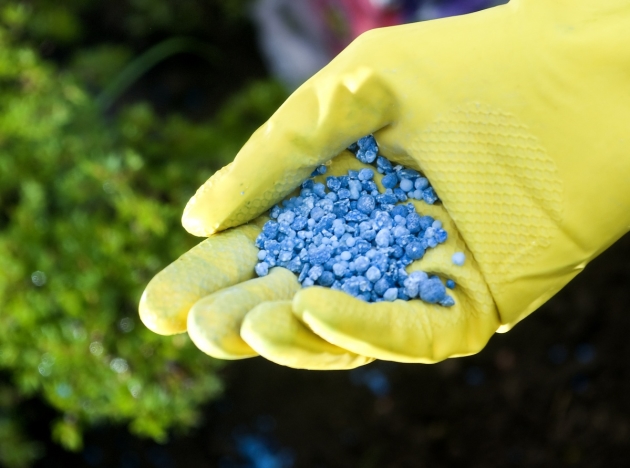
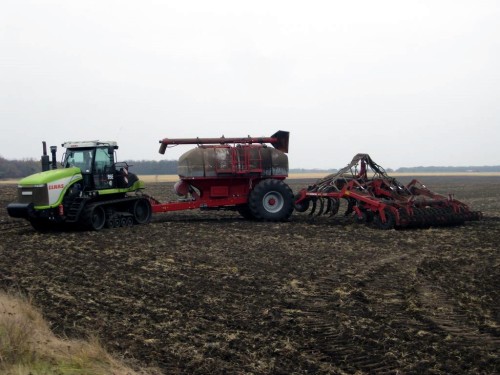
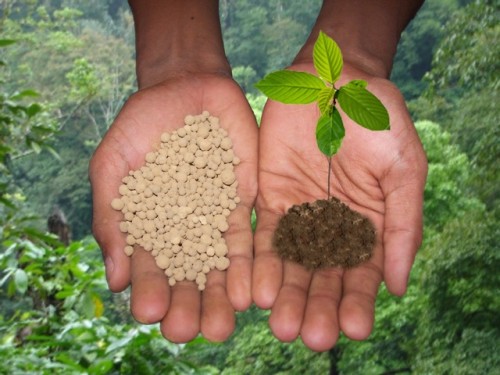
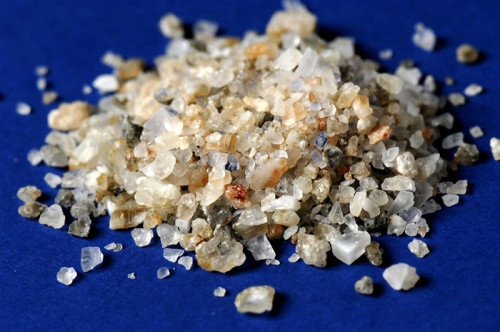
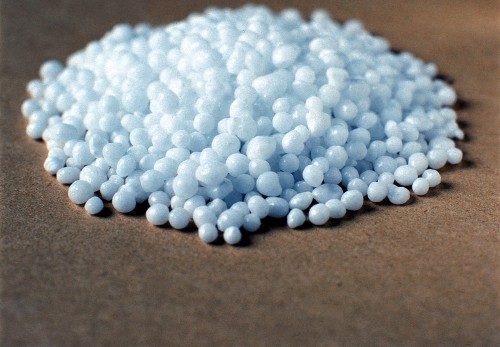
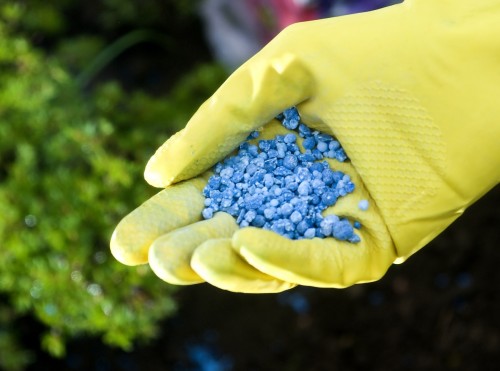
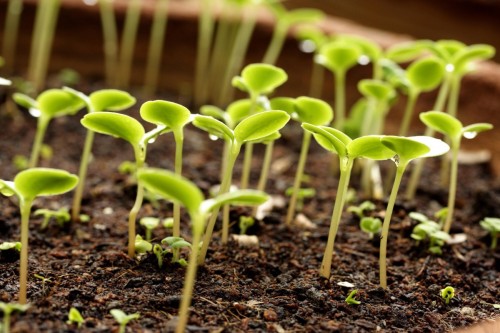
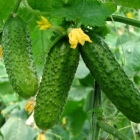
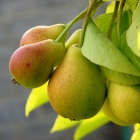
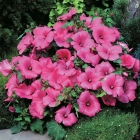
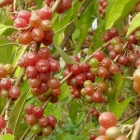
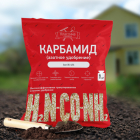
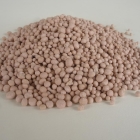
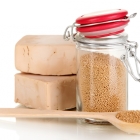


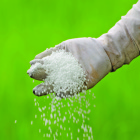
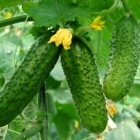

 Start a discussion ...
Start a discussion ...